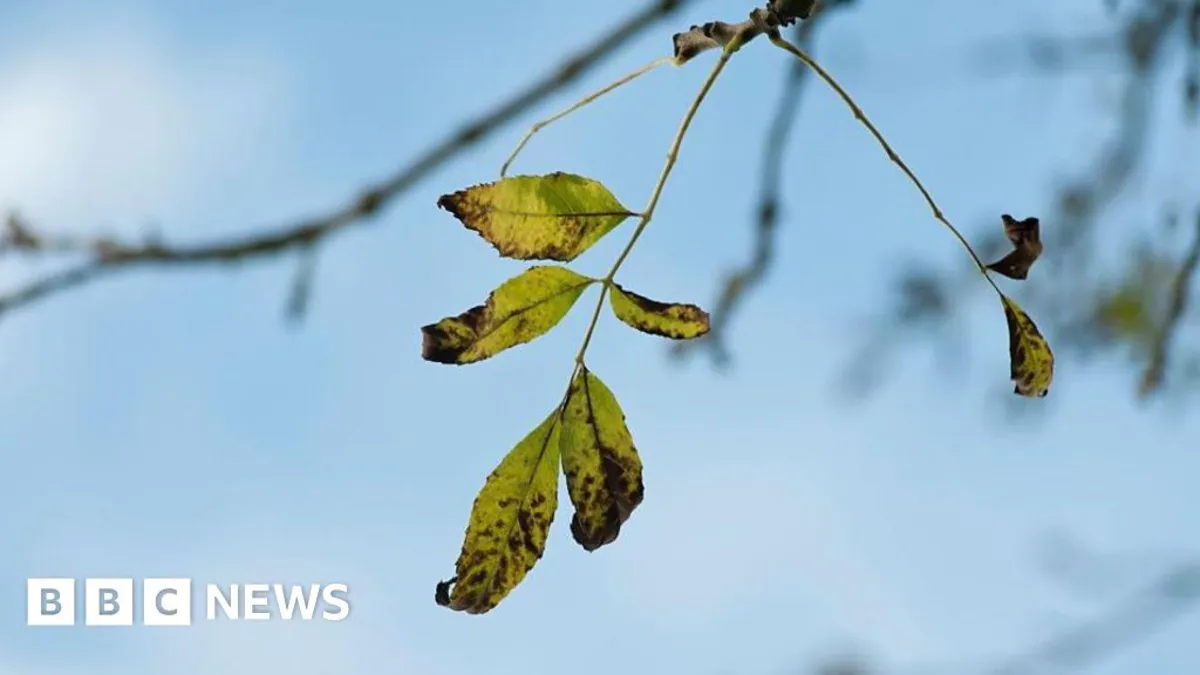
Ash trees across the British countryside are displaying remarkable resilience against a devastating disease known as ash dieback, according to new scientific evidence. Since its arrival in 2012, ash dieback has raised alarms, with early predictions suggesting that as many as 85% of ash trees could be lost. However, recent findings indicate that ash woodlands are naturally evolving to develop greater resistance to this infection, offering renewed hope for these beloved trees in the British landscape.
Professor Richard Buggs from the Royal Botanic Gardens Kew and Queen Mary University of London commented on this significant discovery, stating that while the evolution of resistance is encouraging, it is important to acknowledge that many trees have already succumbed to the disease. He emphasized the necessity of additional interventions to assist ash trees, such as protecting them from grazing deer and selectively breeding the most resilient specimens for future planting schemes. "We have fresh motivation to look after our ash populations," he explained to BBC News, advocating for measures to shield these trees from threats like deer browsing while allowing nature to take its course in developing more resistant varieties.
The ash dieback fungus, which originated in Asia, was introduced to Europe approximately 30 years ago, leading to widespread devastation among native ash populations. A study conducted in a woodland in Surrey has revealed subtle genetic shifts over time, indicating that new saplings are developing enhanced defenses against the fungus. This phenomenon exemplifies Charles Darwin's theory of natural selection in action, as the trees evolve greater resistance than their predecessors.
Richard Nichols, a professor of evolutionary genetics at Queen Mary University of London, noted that what has been tragic for the trees has provided invaluable insights for scientists. "This situation allows us to demonstrate that thousands of genes are playing a role in the ash trees' fightback against the fungus," he stated. This research underscores the significant impact that introduced pathogens can have not only on ash trees but also on the numerous species that depend on them.
Rebecca Gosling from the Woodland Trust echoed these sentiments, highlighting the critical need to support natural regeneration in woodlands. "The findings stress the importance of understanding how to best manage our ash woodlands," she said. Scientists have long feared that the fate of the ash could mirror that of the elm, which has been nearly eradicated by Dutch elm disease. The potential loss of this native tree species would have dire consequences for biodiversity and significantly alter the landscape of the British countryside.
In conclusion, the evolving resilience of ash trees against dieback disease brings a glimmer of hope amid a challenging situation. By implementing protective measures and fostering natural regeneration, there is an opportunity to preserve these iconic trees for future generations.